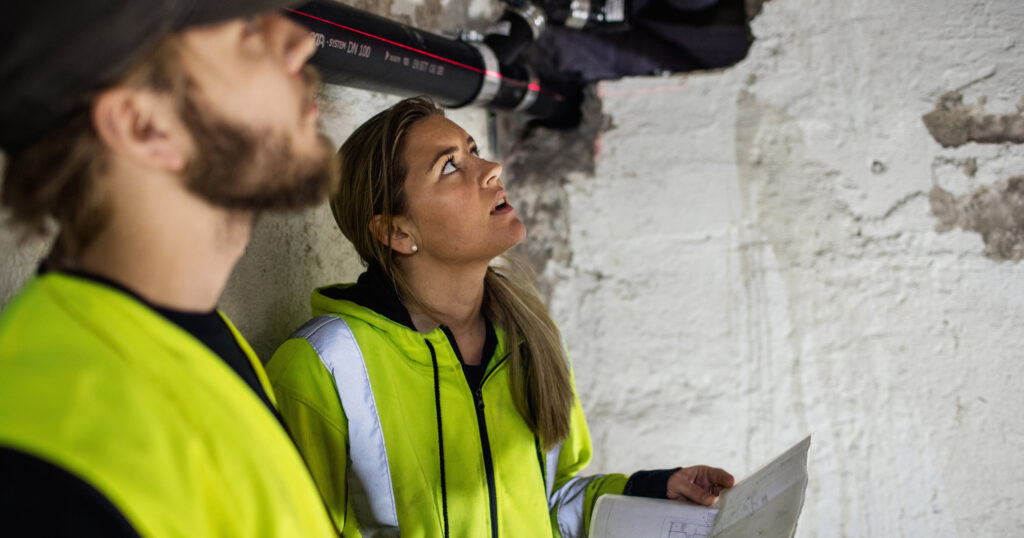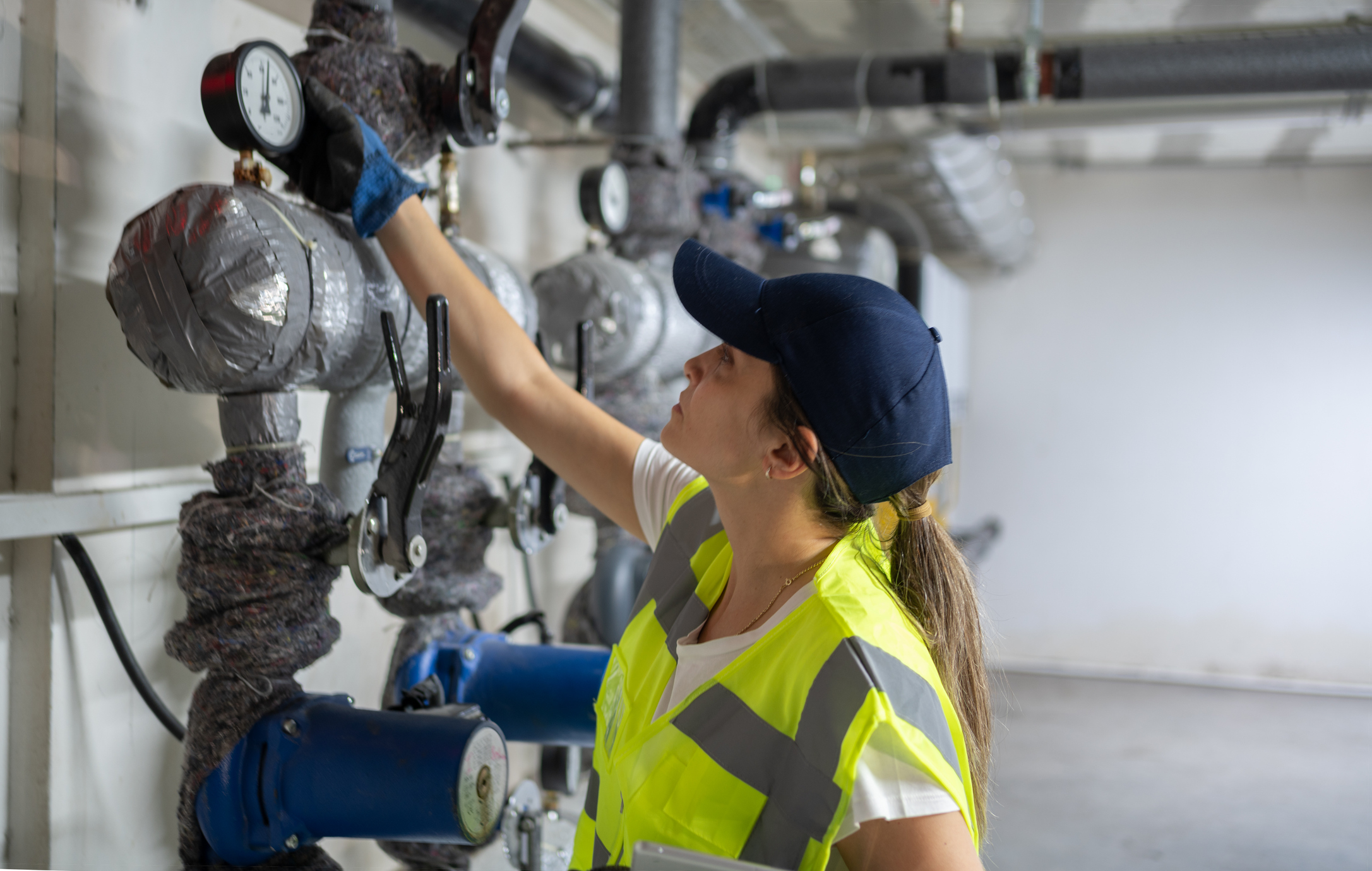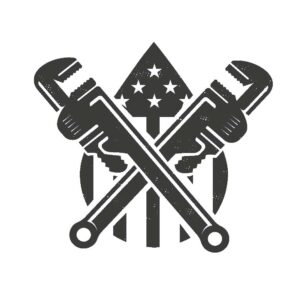
Addressing International Construction Skills Shortages
With the rising challenge of finding skilled trade professionals in the building industry, now is the time to look at ways to help welcome and support the next generation of building safety professionals.
Around the world, there is a drive to increase housing stock and address growing housing affordability issues. One of the principal barriers to this goal is a global shortage of skilled labor across most construction occupations.
An occupation is typically considered to be in “shortage” when employers struggle to fill vacancies or face significant difficulty meeting specialized skill requirements within the occupation at the current levels of remuneration and employment conditions in reasonably accessible locations.
Let’s delve into some statistics from several countries, including the U.S., Australia and the United Kingdom, to better understand this global challenge.
Skilled Labor Shortage in the United States
In the U.S., the construction labor market is experiencing a notable shift in demographics as shown in statistics from the Construction Labor Market Report from the Home Builders Institute.
The median age of construction workers is 42, however, due to aging trends, the proportion of construction workers aged 25 to 54 decreased from 72 percent in 2015 to 67.7 percent in 2021, indicating a rising number of workers falling outside this age group. For those nearing retirement in the workforce, this leaves a gap not only in the availability of skilled labor but also impacts the ability of experienced tradespeople to facilitate training for the next generation effectively.
Another key consideration is the increased demand for construction in the U.S. The construction sector needs an estimated growth of approximately 723,000 workers per year. The number of open construction sector jobs currently averages between 300,000 to 400,000 each month, although this total is now gradually decreasing.
There is some encouraging news in the statistics for the U.S., as the proportion of women in construction employment has risen to a new record high of 11 percent in 2021, marking a significant gain of 1.9 percentage points since 2017.
As the construction skilled labor shortage remains a key challenge for housing, adding new workers is an important goal of the industry.
Bringing additional women into the construction labor force represents a potential opportunity for the future.

Skilled Labor Shortage in Australia
The building and construction industry is one of the largest sectors in Australia. The Australian government, through Jobs and Skills Australia, assesses skill shortages. According to the 2023 Skills Priority List Key Findings report, technicians and trades workers are the most affected, with half experiencing shortages.
Much of the construction sector and most occupations categorized under Jobs and Skills Australia’s ‘Construction Trades Workers’ are consistently flagged for persistent shortages. Even in a significant downturn in the construction sector, many roles within it are expected to remain in short supply.
The fill rates for construction-related occupations are often among the lowest in the labor market and have declined significantly from 54 percent in the 2020–21 financial year to 29 percent in 2022–23 (Jobs and Skills Australia, September 2023).
In Australia, the following breakdown provides a snapshot of the largest occupations across the construction trades that were in shortage in 2023.

According to the Master Builders Associations Report, Breaking Ground: Women in Building and Construction, women make up 15 percent of the building and construction workforce, but only about three percent are employed in manual occupations.
The report also indicated that there is a growing number of women interested in working in all facets of building and construction, including trades, but their commencement and retention rates are low. Amongst several recommendations from Master Builders Australia, enhancing existing programs to provide networking and mentoring opportunities for young women is outlined as a must.
Skilled Labor Shortage in the United Kingdom
Like Australia, the building and construction industry in the United Kingdom is one of the largest economic sectors and is also facing a shortage of skilled labor. According to the Construction Skills Network’s UK 2024 – 2028 report, by 2028, it is estimated that the number of workers needed will hit 251,500. That’s approximately 26,100 in Scotland, 5,200 in Northern Ireland, 11,000 in Wales and 209,450 spread across the various UK regions.
For almost a third (31 percent) of employers in the construction industry, finding skilled staff was highlighted as a key challenge.

According to the Smith Institute’s Building the Future: Women in Construction report released in 2014, women accounted for only 11 percent of the construction workforce and just one percent of workers on site. Recent updates on the status of women in the UK construction industry reveal that as of 2024, women constitute 15 percent of the construction workforce, but only one percent are reportedly engaged in skilled trades.

Supporting the Next Generation of Building Safety Professionals
All the information across these three regions tells the same story: there is a growing demand for skilled labor across the construction industry. However, it also highlights several challenges, including pressures from an aging workforce and the necessity to attract the next generation. Despite these challenges, there are opportunities, such as the potential for the construction industry to attract and retain more women in its workforce.
There are many organizations doing great work to both attract the next generation into the skilled trades as well as promoting and supporting women in the construction industry. The International Code Council or Code Council is one such organization that has recently partnered with others across the industry to help achieve success in these areas.
The Code Council is a founding partner of the Women in Plumbing and Piping (WiPP) and together seeks to build a community of connection and empowerment for women in the plumbing industry. The Code Council and WiPP share a dedication to fostering an inclusive environment across the construction industry and the WiPP’s objectives to support members in gaining skills, sharing knowledge and accessing opportunities for women to excel in the industry.
It is hoped that together, the Code Council and WiPP can promote plumbing as a fantastic career path for women and ensure that those entering the industry can connect with others and join a growing community. The Code Council is also actively sharing the stories of women in the industry through the Building Safety Journal, such as that of Melanie Alderich, the first female plumbing inspector and first female appointed to the Rhode Island Board of Examiners for Plumbers.
Another industry partnership includes the Code Council’s sponsorship of American Plumber Stories – Season 5.

Pfister Faucets created American Plumber Stories to feature plumbers across the U.S., sharing the passion they have for their profession, telling their stories on how they got started in the industry, giving advice for future plumbers and demonstrating the rewards that comes with working in the trades.
The concept behind American Plumber Stories came about in response to consultation with plumbers across the U.S., who all indicated how hard it is to attract more people as the aging workforce moves into retirement. The solution is simple, educate the future generation on how rewarding and prosperous a career in the trades can be by taking a closer look at the industry and having the change makers, the teachers, the influencers, and the women who are reshaping the plumbing industry tell their stories.
Spencer Brown is the driving force behind American Plumber stories and he has made it his mission to remove the stigma associated with the plumbing profession, and he is doing it, one story at a time.
After four seasons focused on the plumbers across the U.S., American Plumbers Stories has developed a significant following and through the partnership with the Code Council, American Plumber Stories has taken Season 5 international throughout 2024. Anticipating a release in September, this season will feature plumbers from Alaska, Hawaii, Canada and Australia highlighting one important thing across all these areas: plumbing is not just a great job, it’s a fulfilling career regardless of what country you are from.
To hear a sneak peek about the American Plumber Stories episode in Australia, listen to the podcast episode from the Hydraulic Consultants Association (Australasia) featuring Spencer, Tom Roberts the Code Council’s Director of PMG Global, and the featured plumber Martin Porte.
These initiatives and partnerships play a crucial role, offering a strong hope that by showcasing the rewarding nature of a career in the trades and promoting the available support networks for aspiring industry entrants, we can effectively address the shortages of skilled labor in the future.
For more news and insights into the plumbing industry, subscribe to the Code Council’s PMG newsletter here.





